Sapa Vietnam: Tips, Weather & What to do for Trekkers
Did you know that Sapa Vietnam is home to Fansipan, the highest peak in Indochina, often referred to as the “Roof of Indochina”? This charming mountain town is not only famous for its majestic landscapes but also for its rich cultural heritage. With terraced rice fields cascading down steep hillsides, vibrant ethnic markets, and unforgettable trekking routes, the area promises an adventure like no other.
Ready to uncover the wonders of Sapa Vietnam? Keep reading for everything you need to know to plan your perfect trip with Lua Viet Tours!
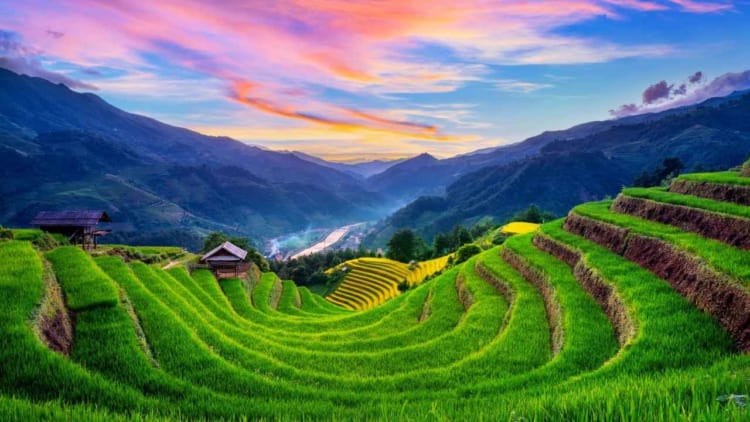
Sapa Vietnam, Lao Cai (Image Source: Internet)
Sapa Vietnam At A Glance
Sapa Vietnam, perched high in the Hoang Lien Son Mountain range, Lao Cai Province, is a scenic town in northern Vietnam known for its magnificent beauty and cultural tapestry. Moreover, visitors should not resist the allure of its terraced rice fields cascading down the mountains, creating the key element of the breathtaking beauty of Sapa.
The destination is also home to a varied ethnic minority community, including the Hmong, Dao, and Tay, all contributing to the region’s unique cultural tapestry. Their unique customs, traditions, and colorful costumes are woven into the fabric of Sapa’s nature, which leads to a memorable experience for any visitor.
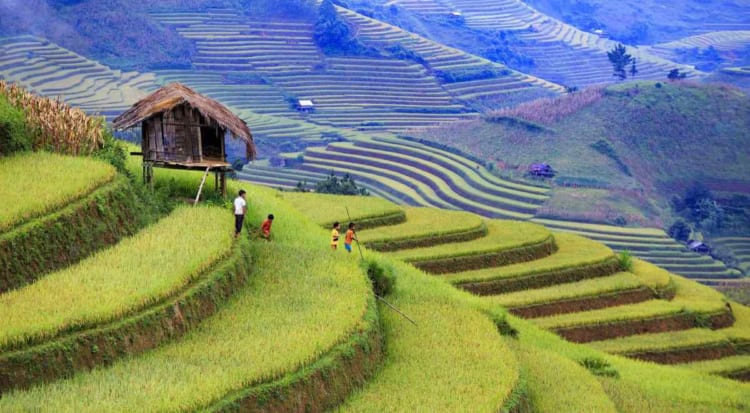
It is home to various ethnic people (Image Source: Internet)
How to Get to Sapa
The closest international airport to Sapa is Noi Bai International Airport, Hanoi. That is why we recommend you reach Sapa by the following means of transportation:
By bus
The overnight sleeper bus is a popular choice for travelers, offering a comfortable and affordable journey from Hanoi to Sapa. The trip takes approximately 6-7 hours and costs around $10 USD per person. Many sleeper buses feature reclining chairs for a more comfortable sleep.
By private car
If you prefer a private and flexible travel experience, hiring a private car is an excellent option. The journey from Hanoi to Sapa takes approximately 5.5 hours each way.
By train
For a more luxurious and restful journey, the overnight train is highly recommended. While several train companies operate on the same route, you’ll be traveling on the same train regardless of which company you book with.
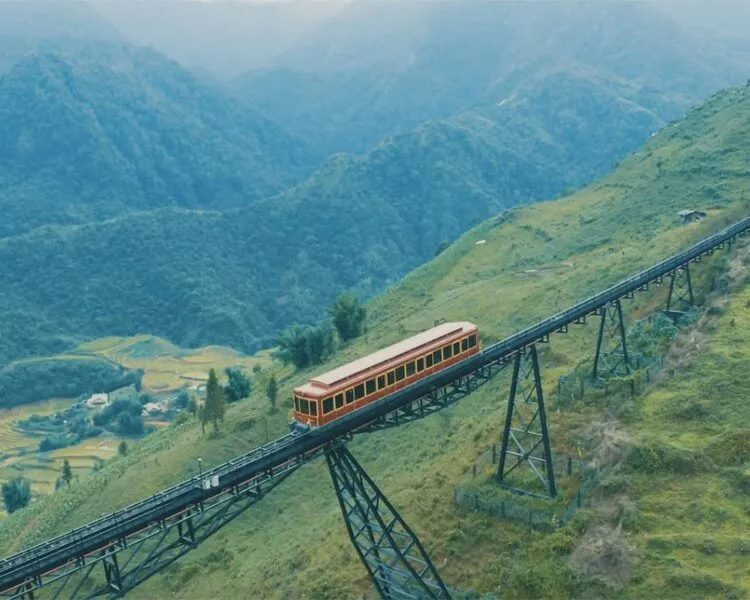
Get to Sapa by train is an ideal option for those who want slow journey (Image Source: Internet)
Sapa Weather & Best Time to Visit Sapa
The Sapa weather fluctuates between 59-68°F (15-20°C). In winter, it can drop below 50°F (10°C) at night, with occasional snowfall; meanwhile, the weather is generally mild, but humidity can be high in summer.
For the most enjoyable experience, Lua Viet Tours recommends you plan your trip to Sapa during the spring (March-May) or autumn (September-November). These seasons boast mild temperatures, clear skies, and minimal rainfall, creating ideal conditions for exploring the region’s breathtaking landscapes.
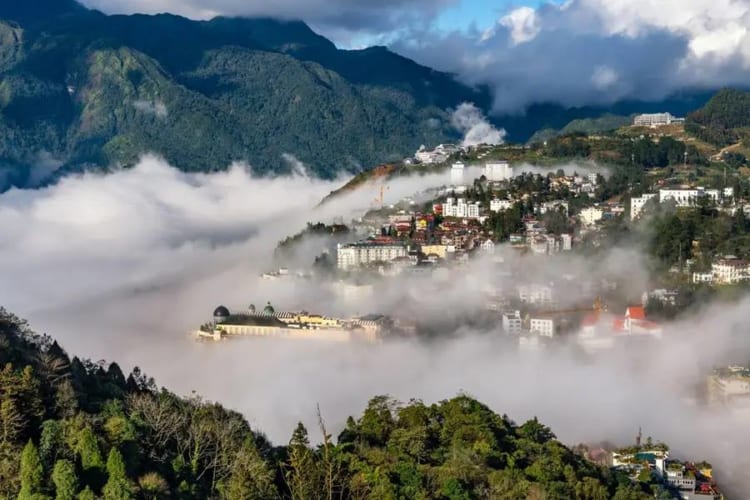
Sapa cool weather year-round (Image Source: Internet)
How to Transport in Sapa
Sapa is best explored on foot. Walking through the charming villages, along the terraced rice fields, and through the lush green valleys allows you to truly immerse yourself in the beauty and serenity of the region. You’ll encounter local people and hidden gems that you might miss if you were traveling by vehicle. For those looking to venture further afield, hiring a motorbike or private car is a popular option.
By Motorbike
You can easily hire motorbikes through hotels or rental services in Sapa. However, the winding mountain tracks can be challenging, making it essential to have some experience handling motorbikes.
By car
If you value comfort and safety, renting a car is a great alternative. Many people prefer jeeps or private cars with native drivers, which can easily be rented in Sapa or Hanoi. This is particularly convenient for families, large parties, and travelers striving for remote areas like Fansipan Mountain or Bac Ha Market.
Best Things to Do in Sapa Vietnam
Sapa Vietnam is a favorite destination for many travelers. From trekking through picturesque rice terraces to exploring bustling local markets, here are the top 4 best things to do in Sapa Vietnam recommended by Lua Viet Tours to make your trip truly unforgettable.
Trekking through popular routes
1. Tuan Chau – Ta Van – Lao Chai
- Duration: 4–5 hours
- Distance: 9 kilometers
- Difficulty Level: Easy
This is one of the easiest and most accessible trekking routes in Sapa, ideal for beginners or families. The trail winds through picturesque terraced rice fields and charming ethnic villages, allowing trekkers to experience the serene beauty of the countryside.
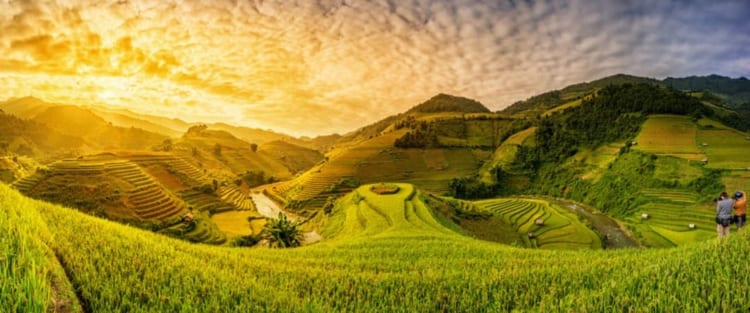
Trekking route in Sapa Vietnam (Image Source: Internet)
2. Cat Cat Village – Sin Chai Village
- Duration: 1 day
- Distance: 7 kilometers
- Difficulty level: Easy
Trekkers in Sapa can start with Cat Cat Village, located just 2.2 kilometers away. After buying an entrance ticket, you can wander through the village. Following the Muong Hoa Valley trail for 3 more kilometers leads to Sin Chai Village, renowned for its unspoiled charm.
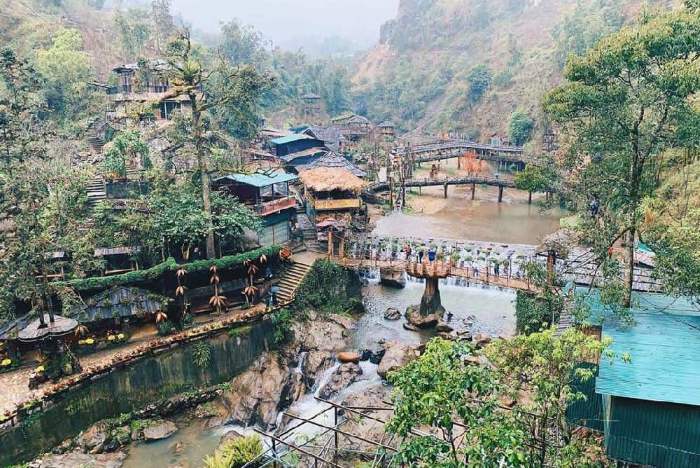
Trekking through Cat Cat Village (Image Source: Internet)
3. Tram Ton Pass – Fansipan Mountain
- Duration: 2 days and 1 night
- Distance: 11.2 kilometers
- Difficulty level: Hard
For seasoned trekkers, Fansipan, the highest peak in Indochina, which is listed in the Top 22 Interesting Facts About Vietnam, is the ultimate challenge. From Tram Ton Pass, you will trek to Fansipan Mountain. Reaching the summit rewards adventurers with panoramic views of the mountains and clouds. Those who prefer a less strenuous journey can take the cable car to the peak and still enjoy the stunning scenery.
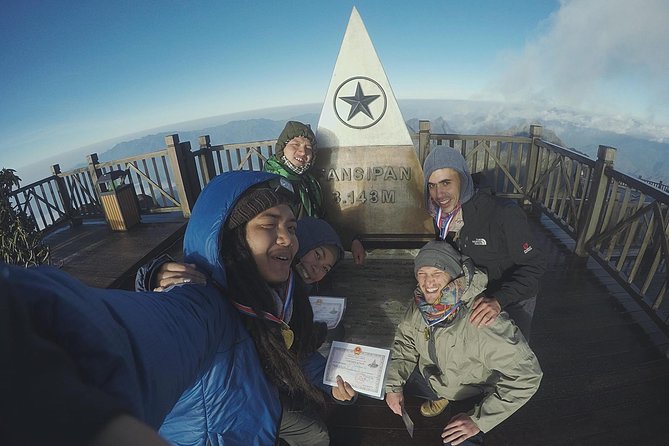
Trekkers conquering the peak of Fansipan (Image Source: Internet)
Capturing the beauty of Muong Hoa Valley
Muong Hoa Valley is one of Sapa’s most iconic destinations, featuring terraced rice fields, colorful wildflowers, and winding streams. A trek through this valley offers stunning photo opportunities and a chance to interact with local ethnic communities like the H’Mong and Red Dao.
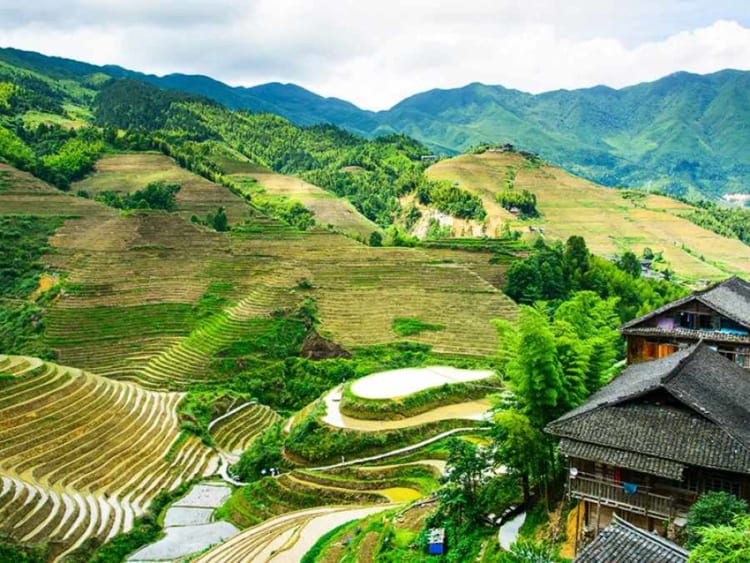
Breathtaking beauty of Muong Hoa Valley, Sapa Vietnam (Image Source: Internet)
Visiting local markets
Sapa Vietnam’s local markets are vibrant hubs of culture and trade. They offer a glimpse into the daily lives of the local ethnic groups and are perfect for finding unique handicrafts or sampling traditional foods, including Sapa Night Market, Bac Ha Market, and Can Cau Market.
Walking through Ham Rong Mountain
Ham Rong Mountain is a must-visit for panoramic views of Sapa town and the surrounding mountains. The trek to the top is relatively easy, with paths adorned with vibrant flowers and fascinating rock formations.
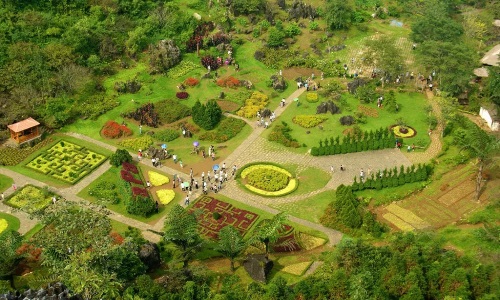
Ham Rong Mountain (Image Source: Internet)
Other Frequently Asked Questions about Sapa Vietnam
Do I need a guide for trekking in Sapa?
While trekking on your own is totally possible, we prefer you should hire an experienced local guide. He or she can provide you some valuable knowledge about culture and tricky routes, and ensure your safety with your companions.
What should I pack for a trip to Sapa?
Essentials may include comfortable trekking shoes, warm clothing (especially in winter), a raincoat, sunscreen, and a reusable water bottle. Don’t forget a camera to capture the stunning scenery while trekking!
Are there ATMs in Sapa?
Yes, there are several ATMs in Sapa town. However, it’s a good idea to carry cash, especially when traveling to remote areas or shopping in markets.
How long should I stay in Sapa?
A 2–4 day trip is ideal for exploring Sapa’s highlights, including trekking, visiting local villages, and enjoying the markets.
Conclusion
In conclusion, Sapa Vietnam is a destination that captivates travelers with its awe-inspiring landscapes, rich cultural heritage, and diverse experiences. Ready to explore the charm of Sapa Vietnam? Let Lua Viet Tours help you plan the perfect trip with tailored itineraries, expert local guides, and immersive cultural experiences. Don’t hesitate to book your Vietnam trip with us today!
>>> The tour you may have interested in: DAZZLING HA NOI – HA LONG BAY – NINH BINH – SAPA

